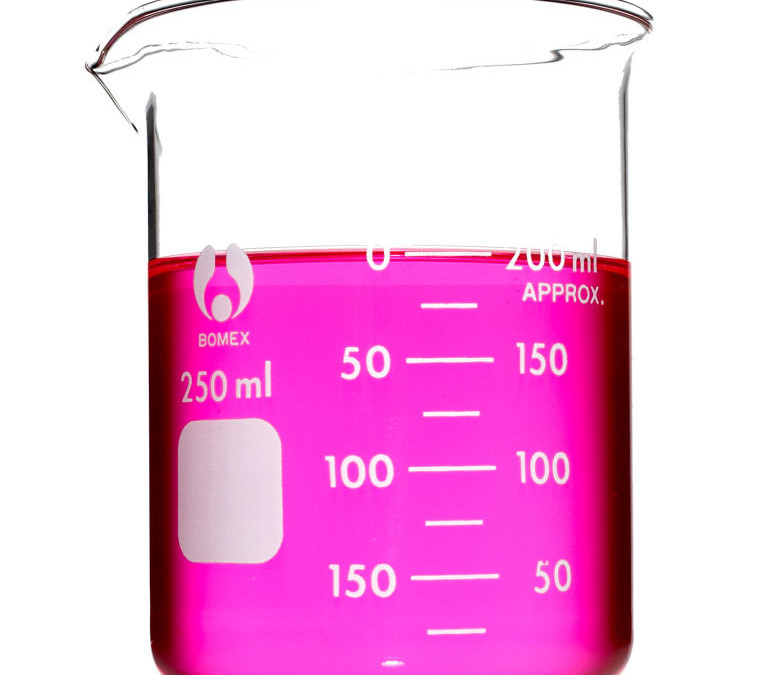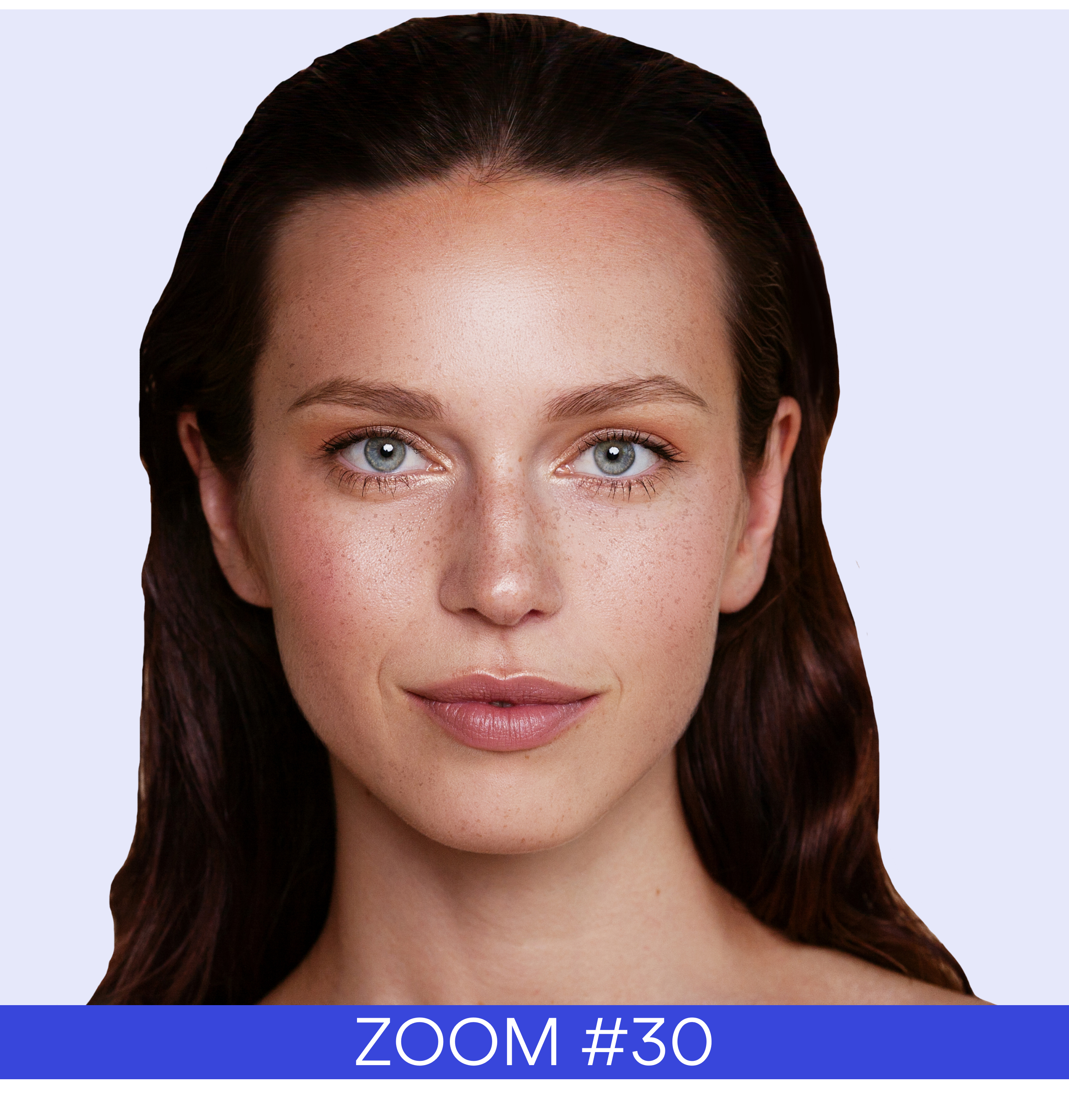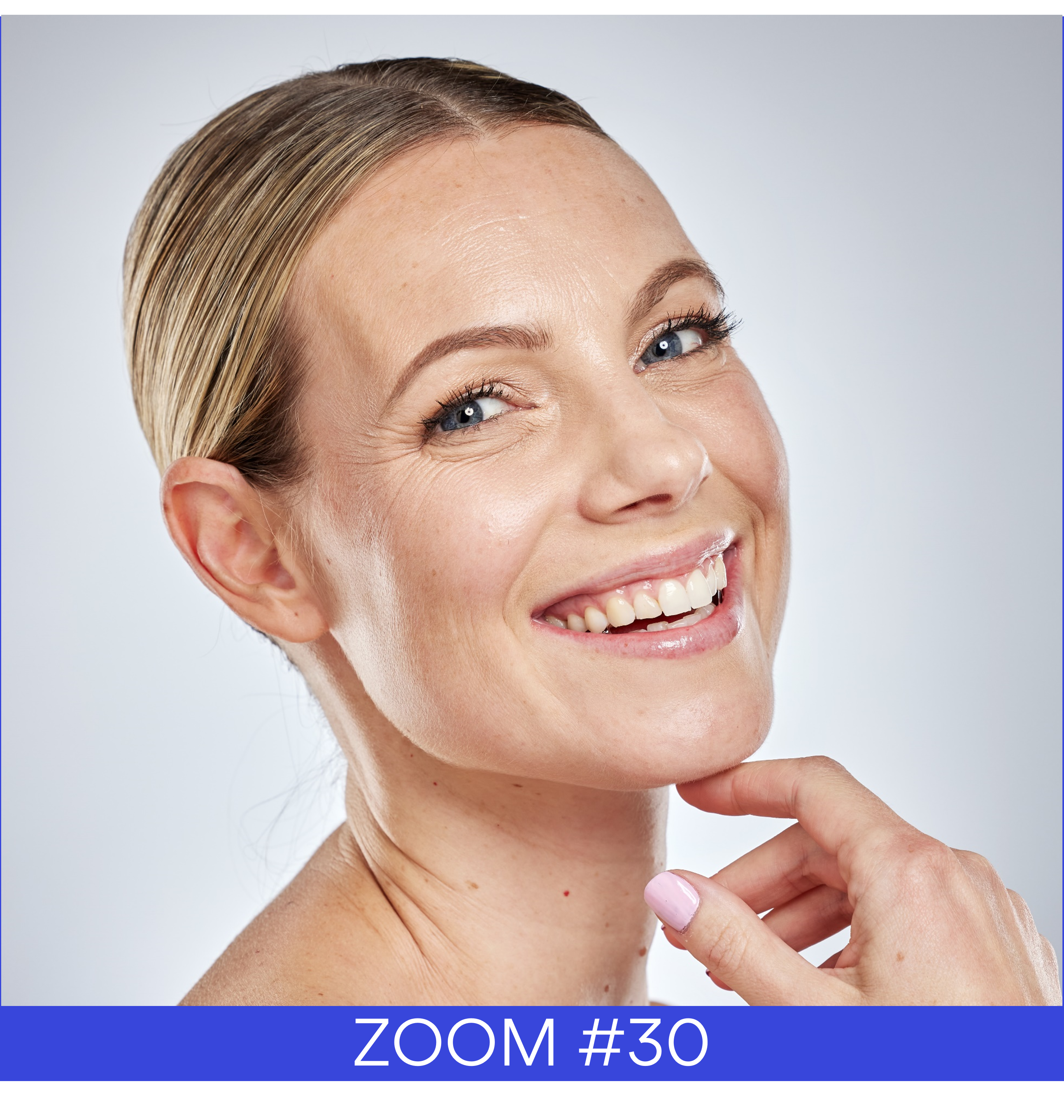by Amy Rosoff | Jan 18, 2016
Battling fine lines is a huge market in the cosmetics business, and as the baby boomer generation continues to age, the fine lines just keep deepening, making it a growing branch in the skincare sector.
But there’s an important line that can get blurred by these products – the distinction between cosmetics and drugs. And because this line is often determined by marketing semantics, it can by fuzzy. Violations to the Federal Food, Drug, and Cosmetic Act (FD&C Act) can occur when cosmetics are marketed with a drug claim, or conversely, drugs are marketed with a cosmetic claim.
According to the FDA, a product’s intended use determines whether or not it’s a cosmetic or drug.
Cosmetics are defined as “articles intended to be rubbed, poured, sprinkled, or sprayed on, introduced into, or otherwise applied to the human body…for cleansing, beautifying, promoting attractiveness, or altering the appearance” [FD&C Act, sec. 201(i)]
In contrast, drugs are “articles intended for use in the diagnosis, cure, mitigation, treatment, or prevention of disease” and “articles (other than food) intended to affect the structure or any function of the body of man or other animals” [FD&C Act, sec. 201(g)(1)].
Why is there confusion? Well, first of all, some products meet both definitions. One example is anti-dandruff shampoos. They fit the definition of a cosmetic because they cleanse the hair. They also fit the definition of a drug because their intended use is as a treatment for dandruff. Products that meet both definitions are required to comply with requirements for cosmetics and drugs.
So, how do you go about defining your products? The answer is: carefully. If you’re marketing a cosmetic, make sure any claims that you state on your product labeling steers clear of ‘therapeutic’ language such as treatment, prevention, or protection from a disease or condition, or that your product somehow affects the structure or functions of the body. Cosmetics don’t grow hair, reduce cellulite, protect you from the sun or reduce cavities. And public perception counts; if a consumer thinks your product grows hair, then it should be treated as a drug.
Since the regulations for drugs are more stringent than for cosmetics, it can be tempting for companies try to take the cosmetics route, but failure to comply can lead to warning letters at the least, and even removal of a product from the market. Even if a product isn’t pulled from the market, re-labeling and re-formulation can be expensive blows to your bottom line.









 Follow us on Linkedin!
Follow us on Linkedin!